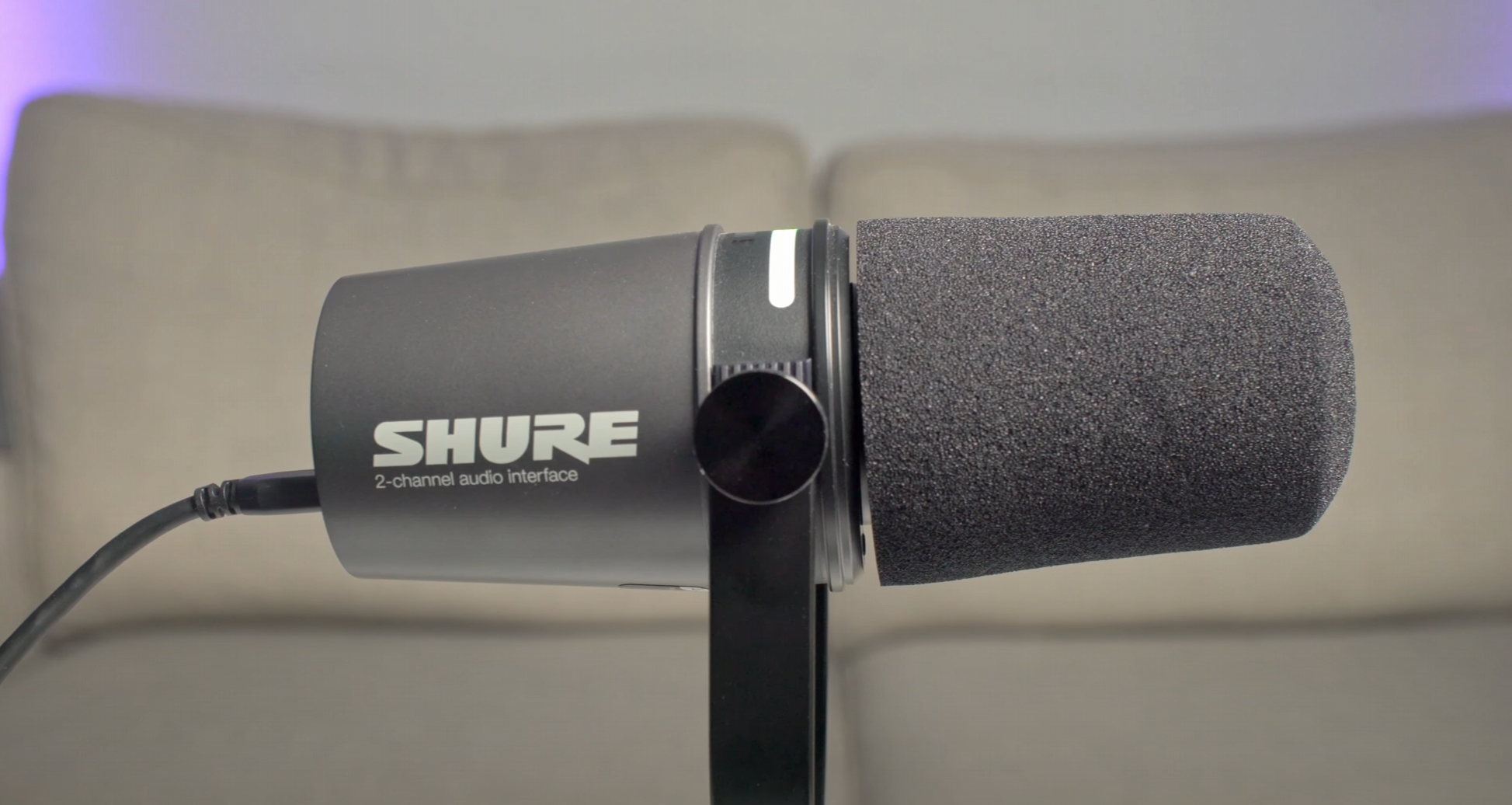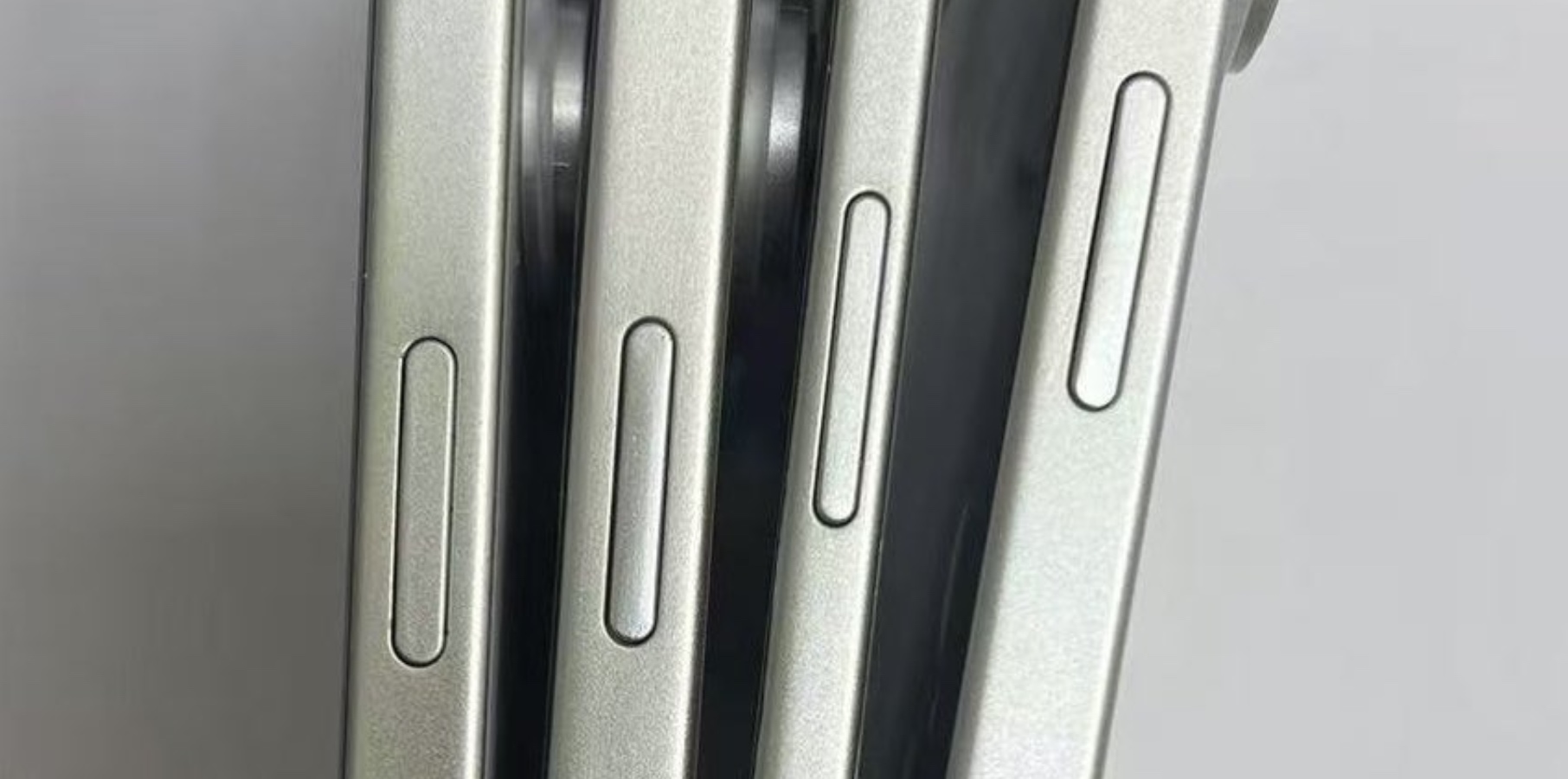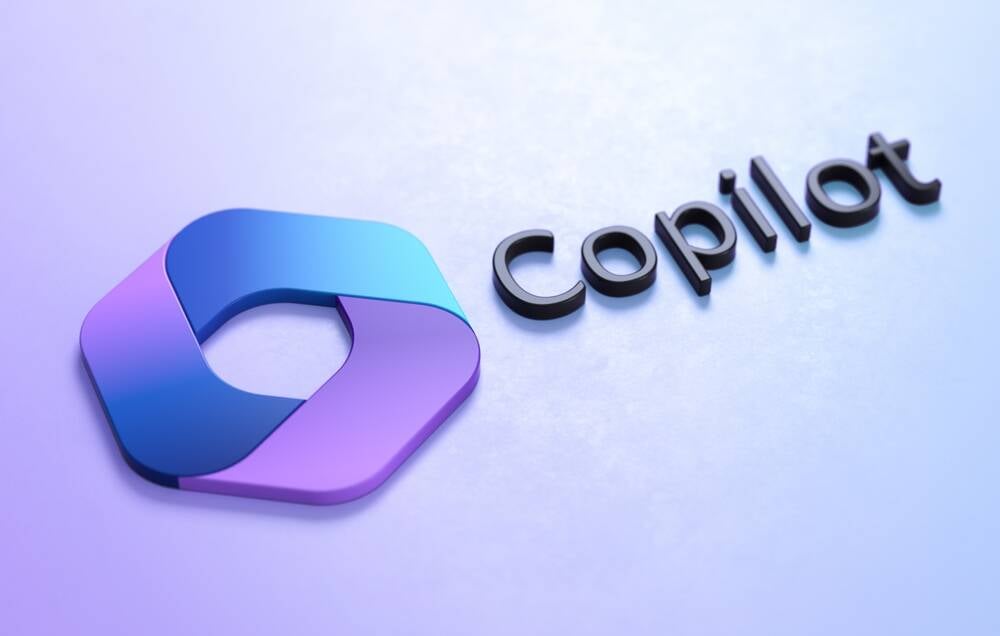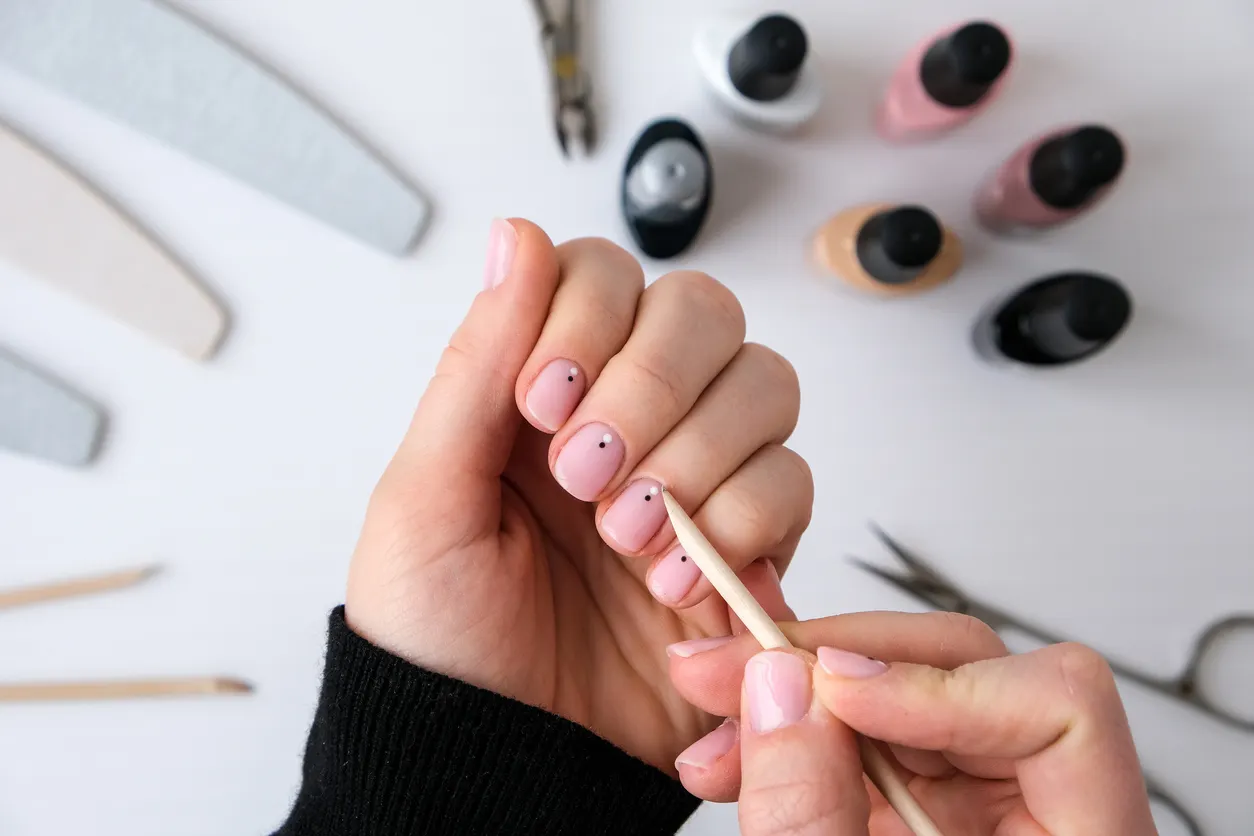So everyone and their dog has a podcast now, I thought you know what, I want one. So here it is. It’s called Sitting at the coffee table with Stef from TechNuovo, okay, working title that, but you get the point, and it’s just going to be about life and politics and money and other cultural topics that every other podcast under the sun talks about. So, welcome to episode 1.
Well you know, I’m joking, we’re actually taking a look at the Shure MV7i today, so slightly different to what we would usually do on the channel and a different location, leaning against my sofa. Keeping it casual, I suppose, as that’s what the MV7i is really designed to be. Makes sense, right? So I’ve been using this Shure MV7i dynamic microphone now for a while for work. It’s been a perfect little microphone for me to get a voice over done in a pinch, and that’s really how it’s worked for me. It’s travelled with me from the office and back again and is there when I need to get something quickly made for Instagram Reels or TikTok. But of course this is a Shure microphone, and it could be a little overkill for what I use it for, but it makes my voice sound great, of course with a little bit of post production, and it’s a microphone I’ve been using in this video, and well, my voice hasn’t been edited either. What do you think? Is it any good?
But it’s more than just a microphone. It can also act as an audio interface as on the back you can find an XLR input for other microphones as well as a 1/4-inch input for instruments or other audio products. It connects to a PC or laptop using a USB Type-C cable, which is actually very generous in length and is controlled using the Shure software that can be installed on both Windows and Mac devices. Around back, next to the TRS input, you’ve also got a 3.5mm aux output for headphones and monitoring your audio. It’s really pretty much the perfect portable podcasting studio, and if you’ve got a secondary SM7 or similar, then just get it plugged in and you’ve all of a sudden got two microphones that can be used to record in real time.

This can all be monitored from the built in EQ on top of the microphone. It glows green when you’re in a decent range, yellow when you begin to peak and red when it can detect peaking. Now there is no manual control for your gain so this has to be done software side, and there’s also no way of recording audio without the need for a decive. Some kind of microSD card input would have been so ideal here, but do note that I said device, and not laptop. This is because you can use both the MOTIV audio and video apps on your mobile phone to capture your content, and because the MV7i uses a Type-C to C, it plugged straight into the bottom of my Google Pixel 7 Pro, and I could record content there and then. On the rear camera I could record up to 4K 60fps, but on the front camera I could only record at 1080p at 30fps. Audio is captured as AAC 256 at 48kHz. So the audio quality through the phone is pretty decent.
The MV7i is an extremely directional microphone too, so as long as you can control that gain, you’re not going to have an issue with background noise. It’s got a load of features built in to the microphone to help with audio quality like Shure’s Voice Isolation Technology, Real-Time Denoiser, Digital Popper Stopper™, and Adjustable Reverb . Though I will say that if you’ve got it on a surface like I have, then if you do knock the table, it will be picked up in the microphone. It’s slight, but it’s there, and the same was with a mechanical keyboard.

It’s a brilliant setup, it really is and one that I could see being used by smaller but growing podcasts that require a couple of microphones. You’re not going to get much of a group setting with this, but certainly for interview style needs, the MV7i is a good choice. And what more, you could even ask your guest to bring along a microphone with them if you can’t afford a second decent quality microphone yourself. There is a basic podcasting bundle which will set you back around just under £500 here in the UK and the MV7i itself will cost you £330. So, what do you think? Worth the purchase for your next podcast venture? Let us know in the comments down below.




















Discussion about this post